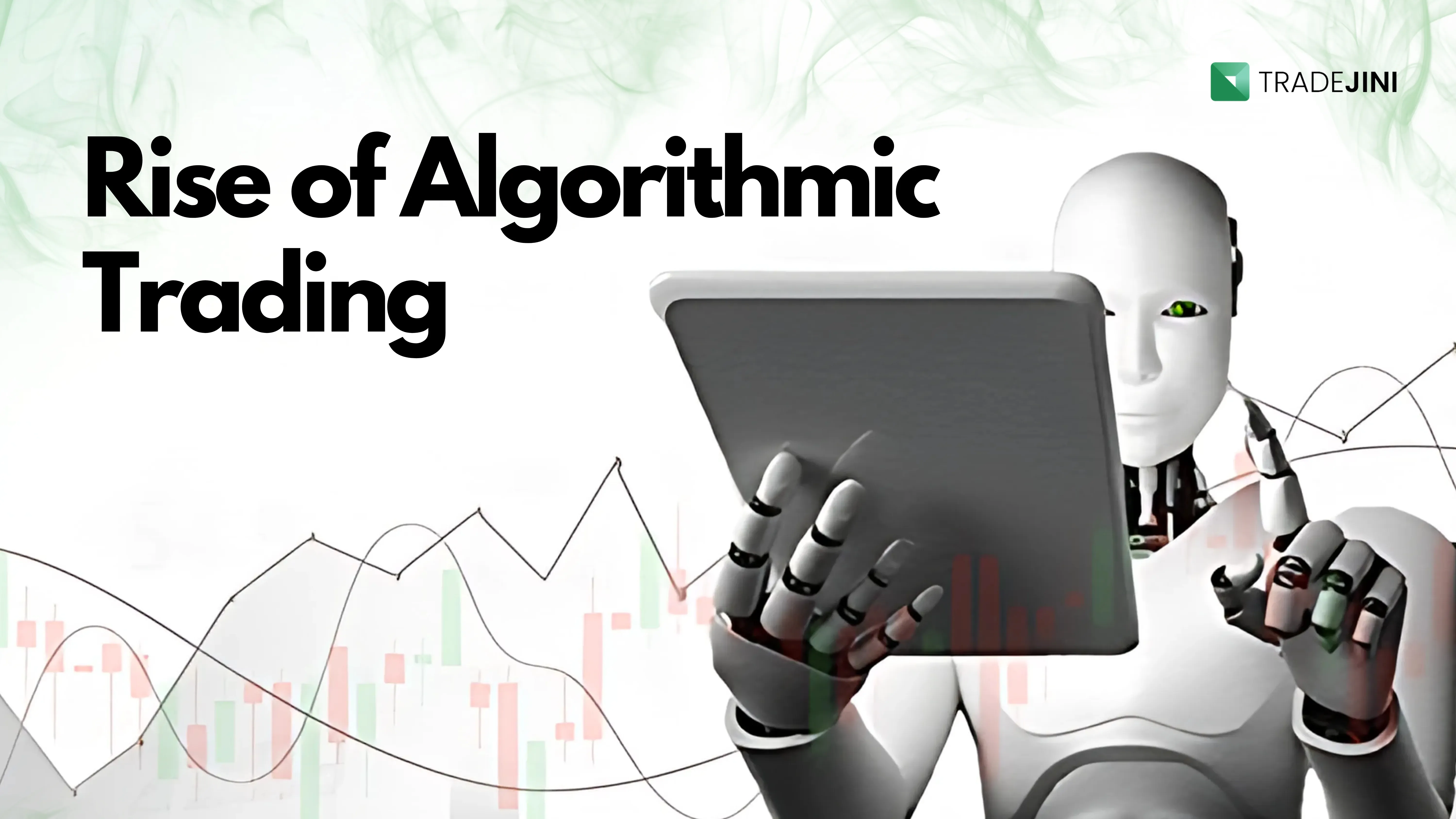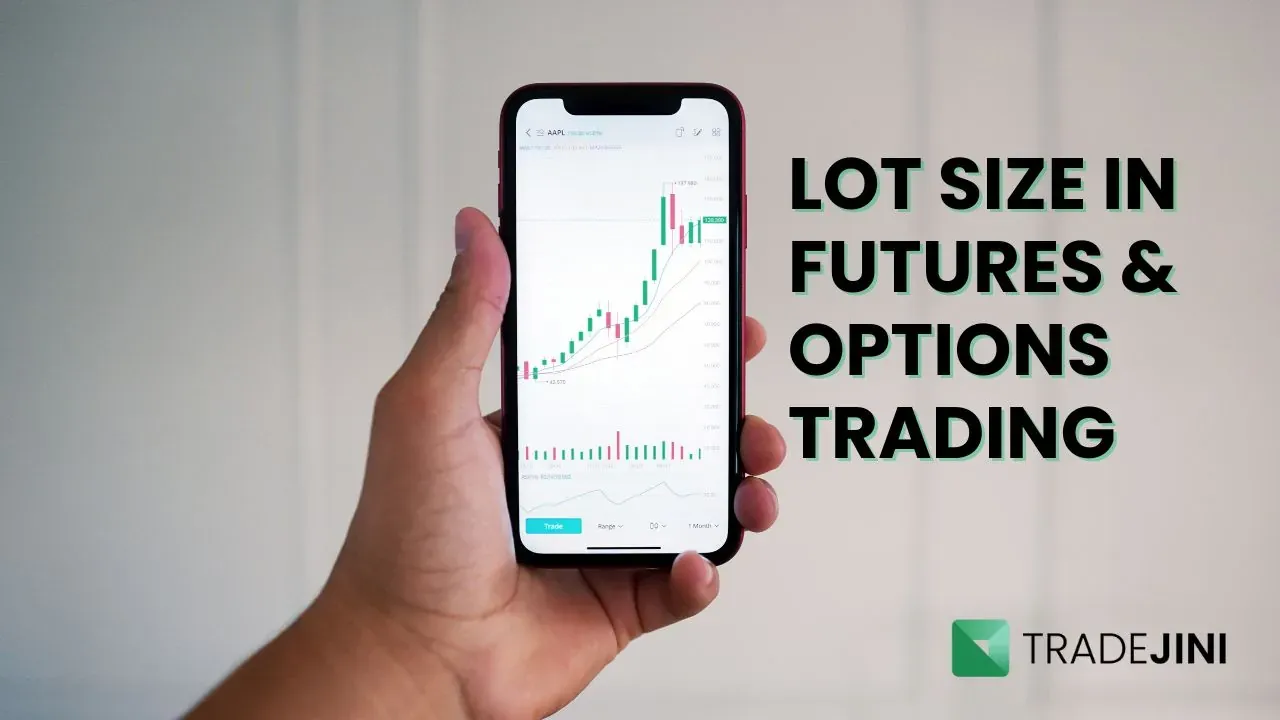History of Trading in India
Stock trading in India has undergone a remarkable transformation, moving from a slow, paper-based process to a fast-paced, technology-driven system powered by artificial intelligence. This evolution reflects the broader history of trading in the country, which dates back to the 1840s when incorporated companies first emerged. Initially, stock trading was an exclusive affair, accessible only to the British and a select few wealthy Indians due to high entry barriers.
However, the American Civil War marked a pivotal moment in India’shistory of trading. As India became a major supplier of cotton, stock market activity surged. Yet this boom was short-lived—when the war ended, stock prices collapsed, leading to India’s first significant market crash. This event underscored the need for better regulation and laid the groundwork for a more structured and accessible trading system that continues to evolve to this day.
1. The Era of Paper-Based Trading (Pre-1970s)
Before technology revolutionized stock markets, trading was a highly manual process.
-
Trading Floors & Open Outcry–
Brokers gathered at stock exchanges, shouting buy and sell orders while using hand signals to communicate. Transactions were recorded on paper, making the system slow and prone to human error.
-
Telephone-Based Orders –
The introduction of telephones allowed brokers to place orders remotely, but settlements still required significant paperwork.
-
Market Information via TV, Radio, and Bulletin Boards –
Investors relied on television and radio for market updates, while stock prices were manually updated on physical bulletin boards at exchanges.
At this stage, trading was largely confined to institutional investors, and retail participation remained low.
2. The Introduction of Electronic Trading (1970s-1990s).0
The late 20th century marked the beginning of digital trading.
-
The Global Shift to Digital–
In 1971, NASDAQ introduced electronic stock trading, replacing traditional floor trading with computerized bid-ask displays. However, India was slow to adopt this shift.
-
Computers Enter Indian Stock Exchanges –
By the late 1980s, the Bombay Stock Exchange (BSE) began incorporating computers to improve trading efficiency.
-
Slow Settlements & Fraud Risks –
Despite advancements, trade settlements in India often took up to two weeks, increasing the chances of errors and fraud.
While technology was making its way into trading, the overall system was still inefficient and lacked accessibility for the common investor.
3. The Rise of Online Trading: NSE vs. BSE (1991-1999)
The 1990s saw a major breakthrough in Indian stock trading, making it faster and more accessible.
-
The Birth of NSE –
The National Stock Exchange (NSE) was established in 1992 and recognized by SEBI in 1993. It launched in 1994 with a fully electronic trading system, revolutionizing the Indian stock market.
-
BSE Goes Digital with BOLT –
In response, the Bombay Stock Exchange introduced BOLT (BSE On-Line Trading) in 1995, transitioning to a digital platform in just 50 days.
-
Retail Investors Enter the Market –
The shift to online trading meant that individual investors could now participate more easily, leading to a significant increase in stock market activity.
This period marked a turning point, making the stock market more inclusive and competitive.
4. The Digital Revolution: Algorithmic and Data-Driven Trading (2000-2019)
With the rise of the internet, trading became even more efficient and data-driven.
-
Online Trading Platforms Become Mainstream –
Investors could now trade stocks from home, leading to a surge in retail participation.
-
Derivatives Trading Gains Popularity –
Futures and options were introduced, allowing traders to hedge risks and speculate with greater flexibility.
-
Access to Real-Time Data –
Market participants started receiving live price updates, reducing delays in decision-making.
-
AI and Sentiment Analysis –
Artificial intelligence began analyzing news and social media trends to help traders predict market movements more effectively.
By 2019, algorithmic trading had become an integral part of stock markets, with AI and automation shaping the way trades were executed.
5. AI-Powered Trading: The New Normal (2020-Present)
The use of AI in trading has grown rapidly, transforming the way investors approach the stock market.
How AI is Changing Trading:
-
Eliminating Human Bias –
AI-driven systems make data-backed decisions, reducing the impact of emotions like fear and greed.
-
Unmatched Speed & Accuracy –
AI algorithms analyze massive amounts of data in milliseconds, improving trade execution.
-
Predicting Market Trends –
Sentiment analysis tools track social media and news to identify potential market movements.
-
Lower Operational Costs –
While AI requires an initial investment, it significantly reduces long-term costs by automating tasks.
-
Better Risk Management –
AI continuously monitors trades, detecting fraud and market anomalies in real time.
-
High-Frequency Trading (HFT) –
AI-driven HFT systems execute thousands of trades in seconds, maximizing profit opportunities.
Challenges of AI in Trading
Despite its advantages, AI-powered trading comes with certain challenges:
-
High Development Costs –
Building and maintaining AI-driven systems requires significant investment.
-
Lack of Transparency –
Some AI algorithms operate as "black boxes," making it difficult to understand their decision-making process.
-
Over-Reliance on Historical Data –
AI models analyze past trends, which may not always predict future market behavior accurately.
-
Risk of System Errors –
AI can misinterpret volatile market conditions, leading to unexpected losses.
The Future of AI in Indian Stock Trading
AI is reshaping Indian stock markets, making trading more efficient, data-driven, and accessible. As of May 2024, India's stock market capitalization has soared to nearly $5 trillion, signaling a period of rapid growth.
Looking ahead, AI will continue to refine trading strategies, enhance risk management, and drive innovation in financial markets. However, balancing automation with human oversight will remain important to ensure fair and transparent trading practices.
From handwritten trade records to AI-powered execution, Indian stock trading has come a long way. With technology advancing at an unprecedented pace, the next chapter in trading is set to be even more sophisticated and efficient than ever before.
_11zon.webp?alt=media&token=bd974821-aee4-43a5-b467-01d1a67a570b)
_20_11zon.webp?alt=media&token=6659b2e6-927e-42de-8375-e227e579f556)
_11zon.webp?alt=media&token=a8f3f55c-dc70-4d42-844e-6874ceff69ce)
_11zon.webp?alt=media&token=a05d2324-cace-44ed-a35f-50f9e63be9c3)
_11zon.webp?alt=media&token=14cd8f87-8add-49ce-84f1-ca07a0c52b0c)



